|
|
Print this review
Sony Ericsson at 3GSM – intrigues of the year, new strategy
Sony Ericsson XPERIA X1
Rumors about Sony Ericsson dramatically changing its portfolio strategy have been around for quite a while; the main intrigue was whether the company would be turning out Windows Mobile based devices or not. Even before the announcement that took place the day before the opening date of the Congress, we hadn’t been a hundred percent sure if the maker would actually reveal its top secret project. But inside the club where we were presented with new products, all our doubts dispelled, as the highlight of the event was the debut of Sony Ericsson’s very own WM-powered solution. The next few days will see an avalanche of debates on what a phone like this is for in the manufacturer’s portfolio, and what it spells for the future of UIQ smartphones. There are some interesting thoughts out there, but for the most part, all these guesses have nothing to do with how things really stand, since the X1 is a one-off solution and it would be wrong to judge it while being oblivious to what other products bring along.
Let’s take a closer look at this handset’s specs to find out what it really is, and after that we will be moving on to its competition.
The XPERIA X1 utilizes the side-slider design with an arch-sliding QWERTY keyboard, which makes for a convenient angle between the phone’s thumbboard and its display. At 110x53x16.7mm it feels more like a feature phone, rather than a communicator along the lines of the Nokia E90.
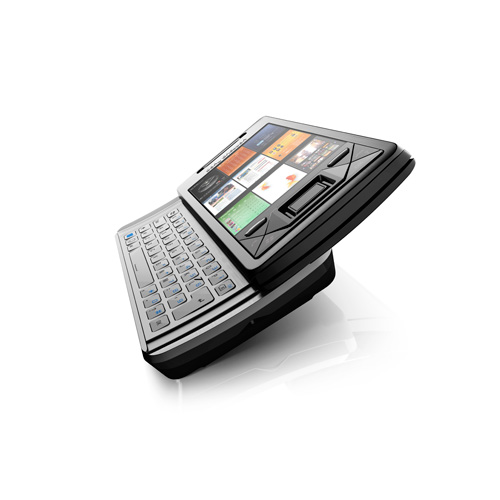
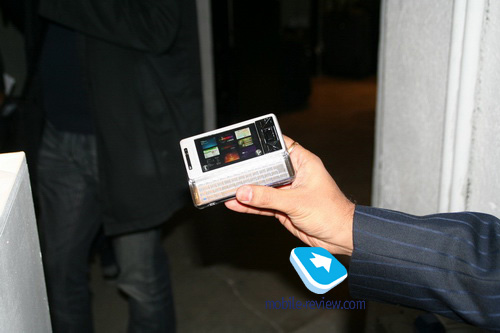
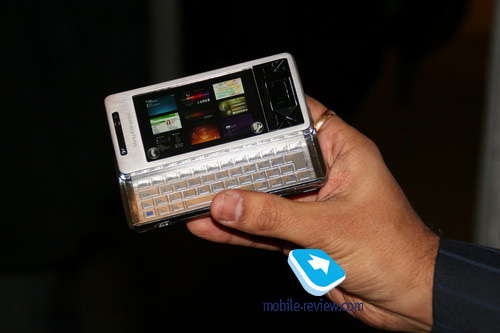

I’m not going to hold this off and will say that as limited in resources as it is, Sony Ericsson has taken the only right approach in the sense of competing with Nokia-branded solutions in this particular segment – they haven’t opted for Symbian-powered devices. Had they adopted some iteration of Symbian (UIQ, for one), they would have ended up with a Nokia-look-alike, which is what there were trying to avoid by all means, for these products are targeting the same market. The X1 is the communicator in the pure sense of this word, meaning that it is bound to go up against the Nokia’s range. Instituting the Windows Mobile powered XPERIA line, Sony Ericsson benefits in a couple of ways at once – firstly, they spend no extra funds or time on developing a software shell for UIQ, interface tweaks and add-ons over the standard Symbian UI. Then they crank out an alternative to Symbian in the form of a potent Windows Mobile solution. It is not a secret that those hefty price tags retained by WM-powered phones are not due to their star-high functionality, but rather because of the limited number of companies producing them and modest world-wide sales. This operating system is popular with techi who have the wits to attune it to their personal needs; however the average Joe doesn’t find it all that straightforward or friendly.
Now let’s imagine a situation when the market welcomes a range of devices from a favored brand, with its values and goals being closer to the heart of the average consumer, rather than those who have been sticking to Windows Mobile for years. In other words, having one of these solutions in your pocket would be more prestigious than a smartphone from a minor, although well-known to a narrow circle of professionals, manufacturer.
This device sports the highest price among all other ranges delivered by other makers; but against the backdrop of vastly overpriced WM communicators it appears to be more of a steal. All they need to do is set its price on one level with solutions sporting similar functionality, and a boost in the brand perception will ensue momentarily.
How could they elevate that device’s image in the eyes of users? Most definitely, through design, as it seems impossible to distribute consumer electronics (which smartphones also belong to) without such a crucial thing as eye-candy design. Does the Sony Ericsson’s solution have the kind of looks that trumps all existing WM gadgetry? Just put the XPERIA X1 and HTC’s finest solutions shoulder to shoulder to figure out the differences between them. The X1 is an elegant phone coming in a relatively small package easily takes on just as functional, yet overall bigger HTC-branded devices. That’s about time when some should start throwing stones at me, screaming and kicking that I have just crossed the line between “objective” and “subjective”, and that tastes differ. As an excuse for this, I should note that HTC ranks very high among all currently active WM device makers, offering some of the best eye-candy designs. But Sony, along with Sony Ericsson are in a totally different league – in fact, they are the trendsetters on the market.
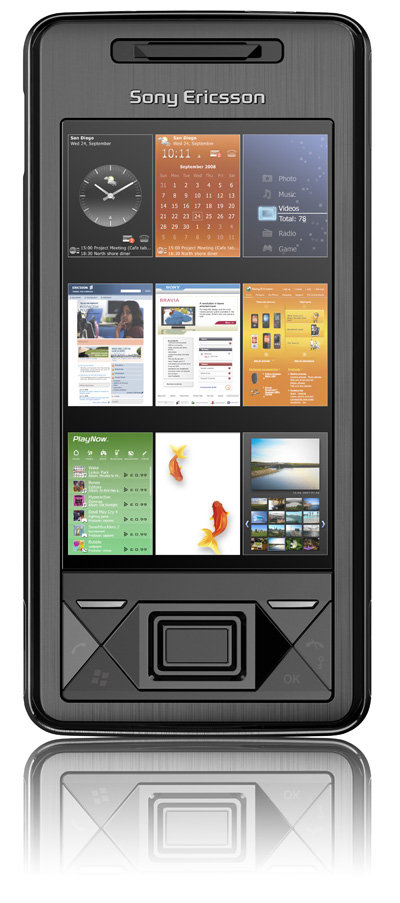
The finishing blow delivered by the X1 to the “old men” of the Windows Mobile market (except for HTC, as it is into this idea already) are custom applications, unique software shell tacked on the default Windows Mobile UI and overhaul of the user’s experience towards maximum usability. All those fond of tweaking and tuning the finest aspects of their Windows Mobile phones will not be particularly enthusiastic about the X1 – unlike other WM-based solutions it will be fully usable right out of the box. There is no irony in this, as I, for one, can’t to believe they can call some product “successful”, if it requires additional post-purchase setups and attuning.
HTC is exercising exactly the same strategy, although for now it won’t be making attempts to compete wit Sony Ericsson in this segment. Its main products are meant for the mass-market, and they come with some improvements over the standard OS user interface as well, but more importantly, they are putting much effort into developing this field. Its top-of-the-line XPERIA X1 esque solutions can’t stand up to it size-, materials- and price-wise. Basically, due to not being a behemoth of a phone maker and having very modest distribution channels, HTC can’t make its solutions as popular as those rolled out by Sony Ericsson.
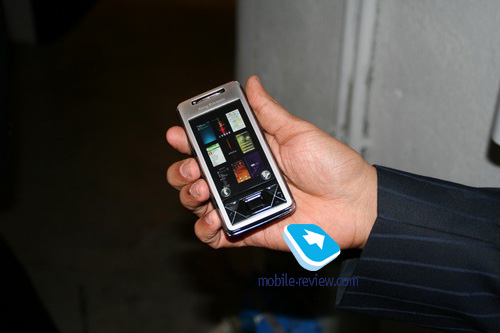
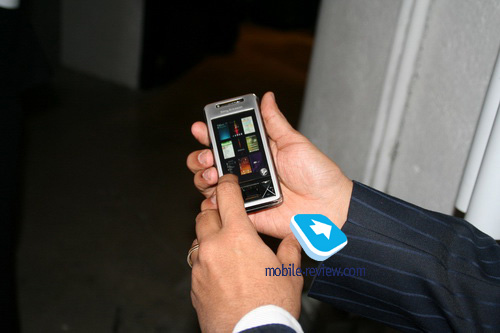
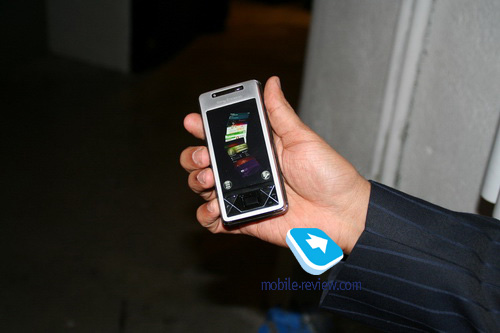
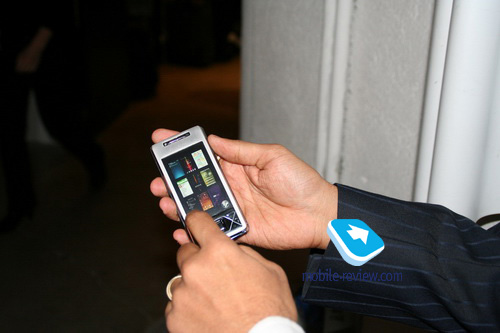

What does Sony Ericsson’s arrival means to the WM market? A lot of fuss, hype, discussions, but in the short term, all other manufacturers shouldn’t bother about it too much; there is no direct threat to their sales as yet. But it will eventually emerge in a year or so, if they won’t manage to elevate the quality of their products and designs and cut prices at the same time – then HTC, probably Sony Ericsson and some other makers may well maker their life so much harder.
As far as indirect competition is concerned, the XPERIA X1 will be rivaled by other top-of-the-line WM communicators, but its real vis-a-vis is Nokia’s communicator line-up. What are the edges of the Sony Ericsson’s solutions apart from what we have already listed? Get ready for a major shock if you are into Windows Mobile. In the XPERIA X1 the maker banks not only on its business-related smarts (all thanks to the system’s native support for office, mail etc), but also the multimedia department. Sony Ericsson has taken advantage of Nokia’s communicators being not widely adopted as business-savvy solutions for sophisticated users, packing in very little multimedia inside. The latter department is the domain of the NSeries, where the user can find the entire spectrum of multimedia capabilities, including video, audio and imaging; whereas communicators are viewed as working horses for email, we-browsing and event scheduling. But the XPERIA X1 comes in with the philosophy of convergence, where entertainment and business come together.
What else did we dig out on this quirky device of Sony Ericsson? Nothing of real interest, except for the album art mode powered by gesture-based navigation. They didn’t hand out the X1 and refused to demo other features at that. But what do you think, could something like this actually stop me from pushing the man with the X1 in his pocket into a dark corner and get a lowdown on it out of him?
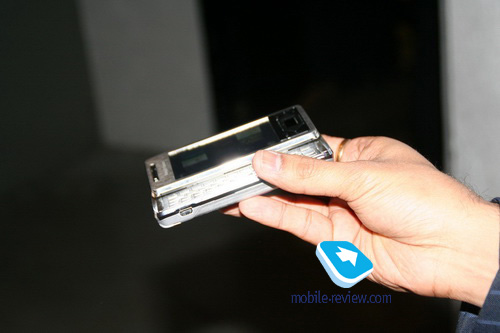
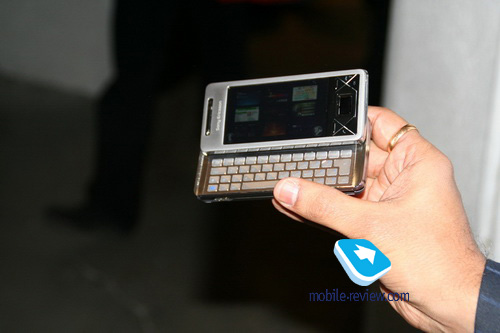
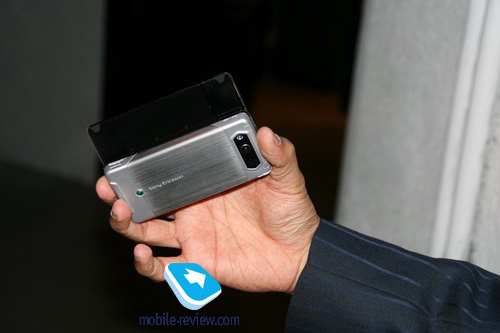
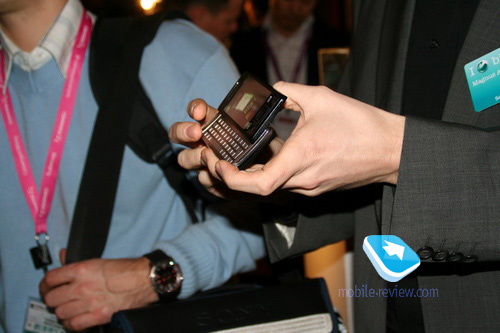
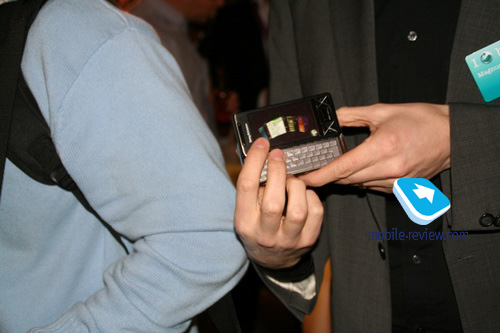
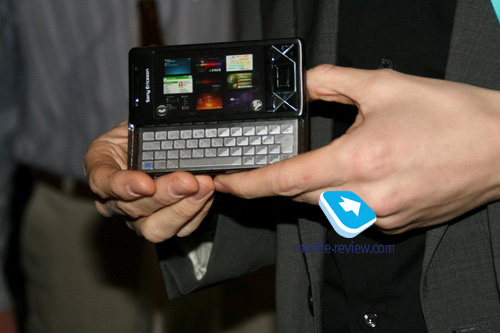
The reason for this unwillingness to demo the phone’s features has much to do with the restrictions put in by Microsoft’s, in fact, Sony Ericsson showcased only what they had built upon the OS itself. Missing OS version from the official press-release, plus a very vaporous release date “in 2H 2008” are two pieces of one puzzle that is all yours to solve. The fact of the matter is that the handset carries the OS version that is to come after WM 6.1 (which is demoed at this 3GSM too, being hyped as some sort of a breakthrough, while in fact it is not– its change log is about one page long, of course if you omit all tiny and insignificant details).
The leak of info on Windows Mobile 7, that took place not so long ago, stated the release date of this OS as “sometime in 2009”. We gave its new features a good run-through in our dedicated write-up on it, so you should better read it as well.
However, due to a couple of reasons, back when we were writing the piece on Windows Mobile 7, we could not tell you that certain feats dubbed as the WM 7.0’s exclusives are just carry-overs from the previous OS version, which is due out this summer or a tad later, with first devices running on it slotted for late September or early October. Nevertheless, we all know how vaporous release dates of operating system are, so there is absolutely no guarantee that a month from today they will still have it scheduled for summer. It is important to note that WM 6.5 (a name I made up a second ago just for convenience – this OS has a different index and codename) is the biggest overhaul of the WM interface over the past years, as it introduces gesture-based navigation, revamped music and video players, support for 3D accelerators and several other amenities. Those who will be lucky enough to bump into a Sony Ericsson’s manager carrying the XPERIA X1 and persuade him to demo it will be able to see some of its features in action, and the truth is, they look pretty good. And in our turn, we will be waiting for another “leak”, as I have a feeling that someone won’t be able to hold back much longer and will post screenshots of the new OS, although, taken with a different device.
The XPERIA X1 enjoys a 3-inch widescreen VGA display and observes the OS standard limit of 65 K colors, although it doesn’t give up this in a big way – all colors seem bright and vibrant. In my mind, that’s one of the X1’s fortes, as its display it next to stellar, being well-suited for viewing photos (plus there are several ways to navigate at that – with fingers, via the keypad or the optical joystick). The screen boasts a resolution of 800x480 pixels, which is a decent figure for this diagonal. For example, the Nokia N810 utilizes the same resolution, but its display measures 4 inches from corner to corner at that, and it doesn’t take long to see how different it in fact is.
The X1 comes in a metallic casing, which is especially notable with the silvery edition of the communicator, while the black trim somewhat smears the texture. The handset tips our scales at 145 grams, which is pretty much okay for this type of phone.
It also carries a 3.2 Mpix camera with autofocus and flash. There is nothing special about the X1 on this front, for the manufacturer didn’t want to turn it into a passable imaging-savvy solution on top of all other things; nevertheless, its camera is not that bad at all. The X1 comes armed with a multimedia player (WM’s updated edition – Album Art, new filters, equalizers, etc) and FM-radio. The device also houses a standard 3.5 mm audio jack making for decent sound quality right out of the box.
The optical joystick facilitates web-surfing a great deal. Other capabilities found inside the X1 are aGPS (whether it employs a hardware GPS is unknown, but probably not), WiFi, Bluetooth. Also, it is one of the first devices to support HSUPA in addition to HSDPA. The communicator comes with around 385 Mb of inbuilt storage and a slot for microSD memory cards, supporting high-capacity units as well.
The question remains, however, when this device will arrive in the market. One thing is for sure – it won’t become available earlier than October, although with a great deal of luck we might see its release already in September. The XPERIA X1 will retail for around 600-700 Euro, being the top-tier product brought about to rival Nokia-branded communicators. Long story short, its future will be this year’s major intrigue and will have an impact on the entire market. Sony Ericsson has managed to “surprise” all of us, and brought in a new variable to the equation of WM device manufacturers and the market it self.
Technical specifications of the Sony Ericsson XPERIA X1:
- Connectivity: GSM/GPRS/EDGE 850/900/1800/1900 MHz, UMTS/HSDPA/HSUPA 900/1700/1900/2100 MHz;
- OS: Windows Mobile 6;
- Display: 3", touch sensitive, 800õ480, 65 K colors;
- Dimensions: 110 x 53 x 16.7 mm;
- Weight: 145 grams;
- Camera: 3.2 Mpix, autofocus;
- Bluetooth (A2DP), Wi-Fi, GPS;
- FM-radio
- Bundled storage: up to 400 Mb
- microSD memory expansion slot
UIQ for the masses – Sony Ericsson G700/G900
The debut of these phones isn’t something out of this world, as the concept of getting smartphones simplified was first tried out with the Sony Ericsson W960i, where it wasn’t particularly successful, as we wrote in our review. The second attempt doesn’t end up in the same boat – on the contrary, it seems to be more of a success, at least on the face of it. All manufacturers suddenly seem to have come to like the idea of bringing devices with simple features not for techi but the average Joe instead. The craze sparked by the Apple iPhone is quite interesting, and in the case of Sony Ericsson it results in a heads-up screen for the standby mode with a quick launch bar. While these two phones retain somewhat different designs of this bar, the gist remains intact. Other nice things about this interface is that the Note application has been reworked, so that now it allows creating quick text notes, and looks eye-candy at that. Effectively, just like HTC did that for Windows Mobile, Sony Ericsson has come up with an own software shell for UIQ and with its help explores new ways to position its solutions.


The G900 and G700 are in fact twins, though the junior device lacks W-Fi, has only a 3 Mpix camera with autofocus on offer, whereas the G900 sports the company’s latest and greatest 5 Mpix autofocus-enabled camera and finger-based navigation for its gallery. As for the rest, these two phones are quite like the Sony Ericsson W960i with no substantial differences in most departments. Their respective releases are slotted for May, when the junior offering will go for around 260 Euro, and the senior will sell for 320 Euro. All up, these two represent a newsworthy attempt to bring smartphones to the masses, rather than techi alone. And I, for one, think it is more of a success than not all thanks to their adequate price tags.
Sony Ericsson G700:
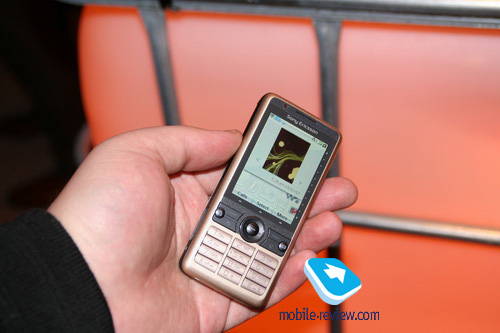
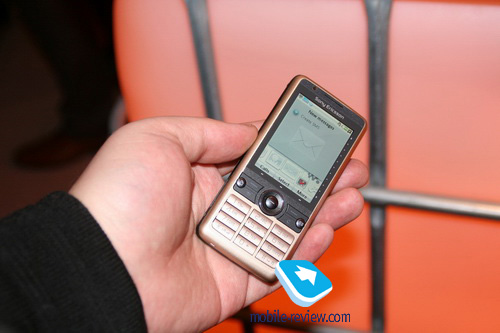
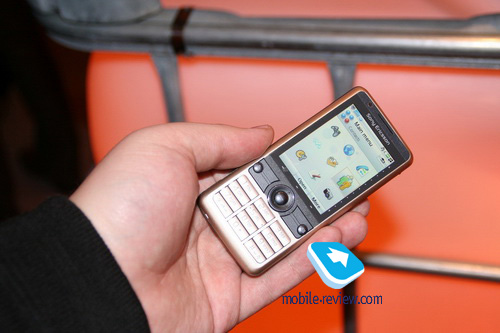
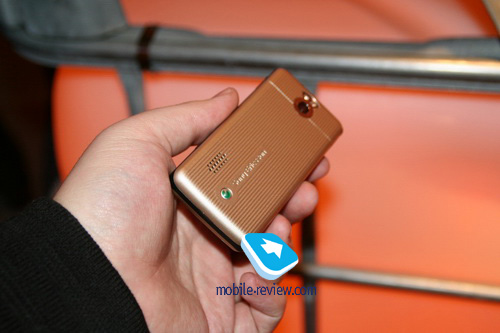
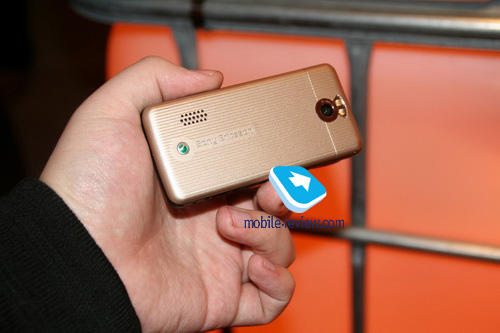
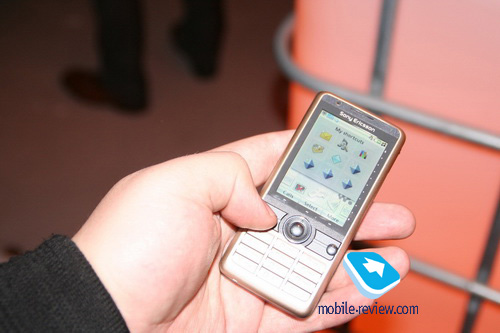
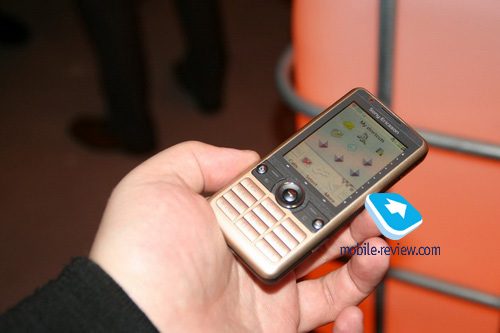
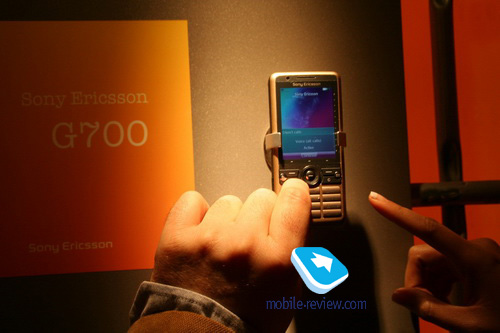
Sony Ericsson G900:
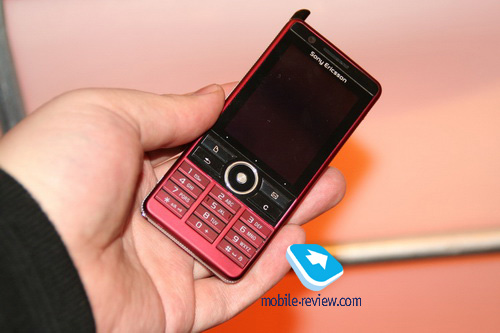
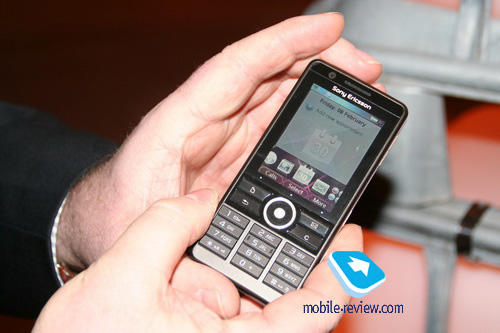
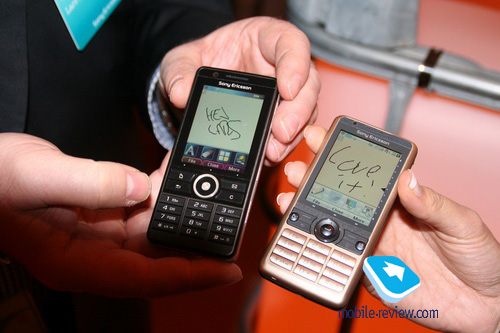
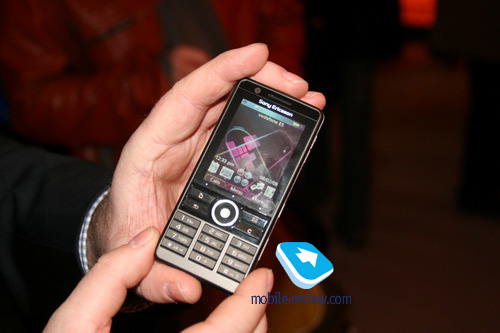
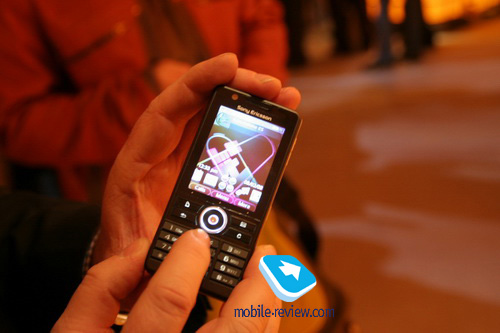
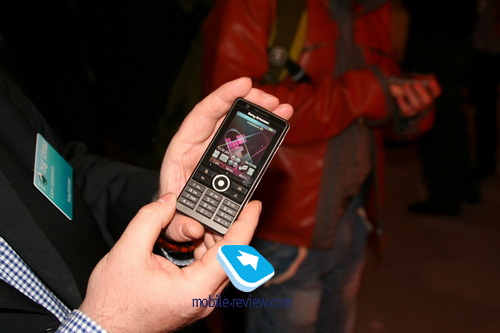

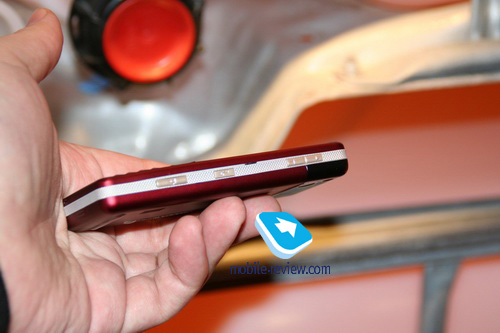
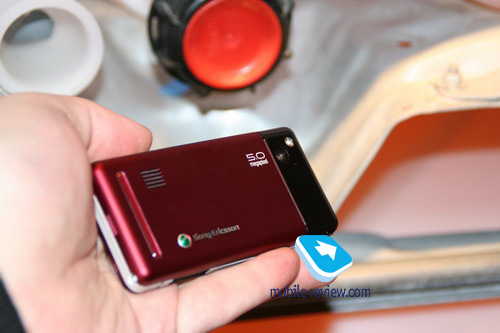
CyberShot – birth of a line-up
While CyberShot-branded models have been out and about for ages, only now does the company single them out into a stand-alone segment and give them a unique index – “C”, which from now own identifies all phones bearing it as imaging-savvy. Rolling out two handsets at a time, Sony Ericsson has dramatically increased its target audience. The junior solution, the C702, doesn’t seem like much at a glance – 3.2 Mpix camera with autofocus, threadbare LED flash, very conventional dimensions (106x48x15.5 mm, weight – 105 grams). But all these numbers and specs appear in a totally different light when you get to know that the C702 is a ruggedized handset. It is important to emphasize that, reportedly, it is protected from water splashes, high humidity environments and dust; submerging the phone in water and keeping it there for a couple of hours may not be the best idea, though, as it not as much of an amphibian as the Nokia 5500. But should you happen to drop it into water and take it out right away, the C702 will take no internal damage.


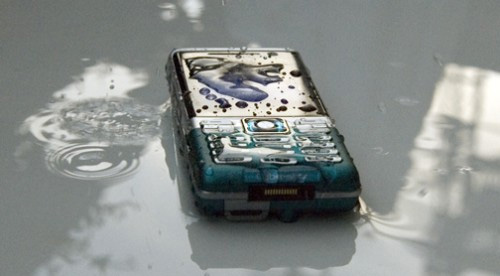
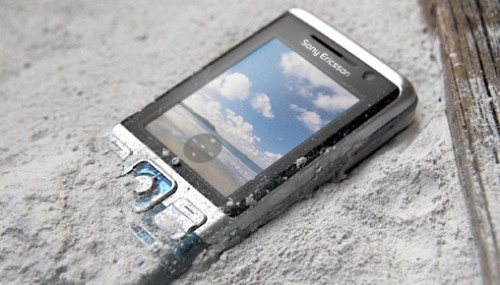
The casing is decked out in rubber, which doesn’t let the handset to slip out of your hand. The C702 is designed in the way to allow for single-handed operation, plus it comes in eye-catching, yet by no means gaudy, colors. That said, this device seems to be a perfect choice for various adventures you might get into while on a vacation; it also does a great job as a secondary phone for those who are into sports. Among other features of note are bundled GPS, as well as the ability to bind pictures you have taken to certain locations while on PC and pin landmarks on the map (as of today – Google Maps). The rest of the C702’s feature pack is a standard A200 fare. The handset is set to arrive right before summer (early in May) with a price tag in the neighborhood of 220 Euro.
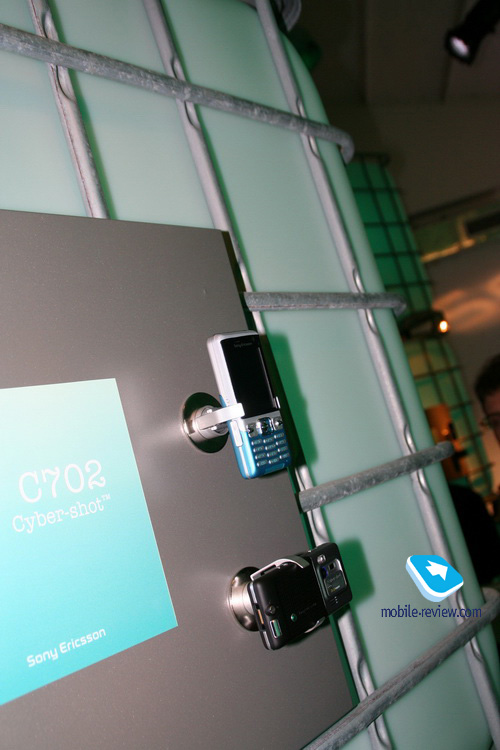
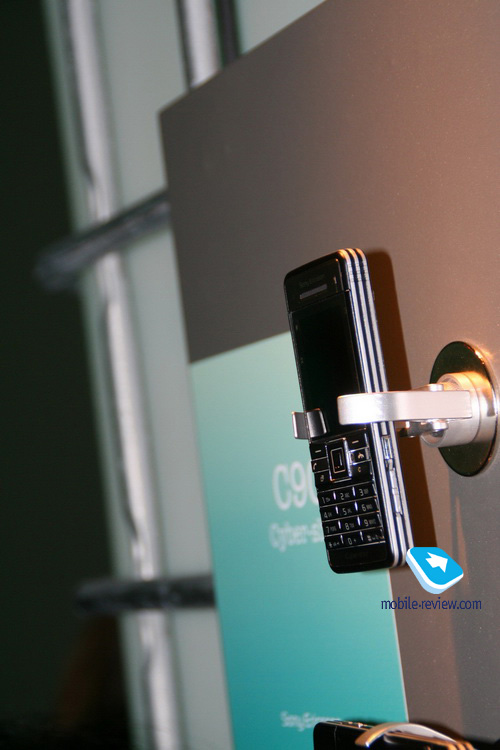
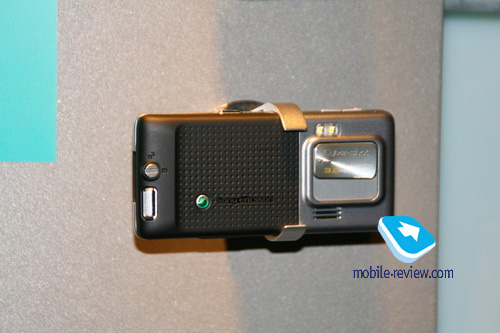
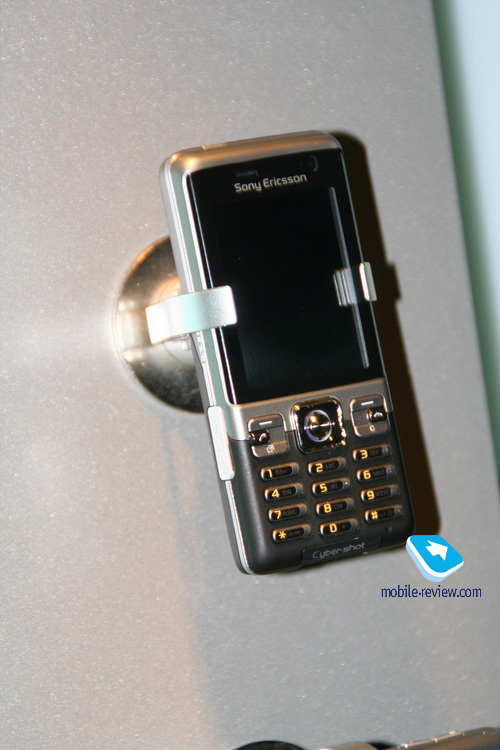
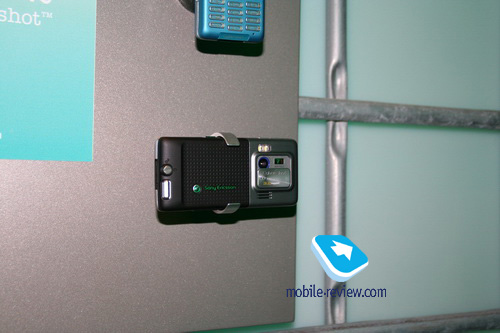
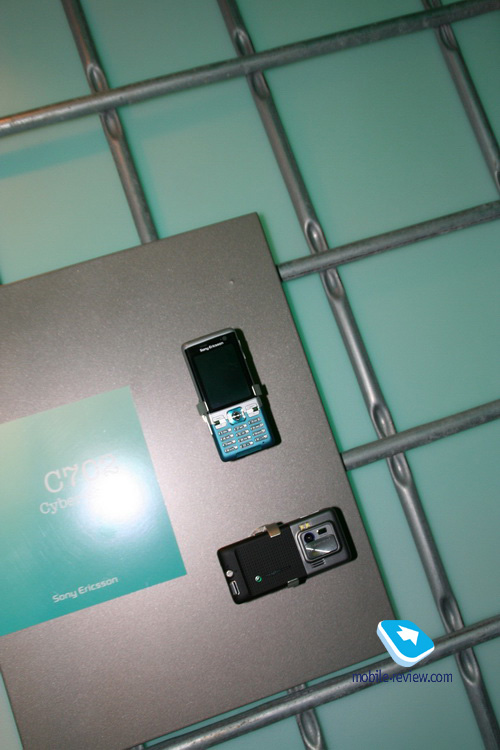
Technical specifications of the Sony Ericsson C702:
- GSM/GPRS/EDGE 850/900/1800/1900, UMTS/HSDPA 2100 connectivity;
- Standby time: up to 300 hours;
- Talk time: GSM - 7 hours, UMTS - 5 hours;
- Display: 2,2", 240x320 pixels, 262 K colors;
- Memory: 160 Mb onboard, M2 memory expansion slot;
- Music player with support for Mega Bass, MP3, AAC;
- PlayNow, TrackID, FM-radio;
- Bluetooth;
- Camera: 3 Mpix with video recording capabilities and Face Detectio;
- Dimensions: 106 x 48 x 15.5 mm;
- Weight: 105 grams.
The C902 is the way Sony Ericsson addresses the needs of those who crave for a potent camera, feel uncomfortable without a lens cover with the Sony Ericcson K850i and would like to have a more pocket-friendly device. Originally it was meant to be a niche product, a mere expansion of the range and not only an imaging-centric solution, but a fashion-conscious phone at that. However Sony Ericsson’s partners turned out to be so enthusiastic about it, that the maker has decided to drop the C902’s price and give it a go as a mass-market device.

One of this phone’s advantages is its svelte casing and a wafer-thin profile at just 108x49x10.5 mm. So as not to add extra millimeters to its girth, they have added a sliding mechanism to it, so the top portion moves up to reveal the camera lens. Interestingly, the layout of touch-sensitive keys is different from what we saw in the K850i, here they are flanking the display and serve as shortcuts to particular features while shooting (in all other situations you will be using the handset’s keypad). Let’s be honest, it is an unusual, yet a convenient way to go about your shooting business.
Obviously, the C902 builds upon the same platform as the K850i and packs in a motion sensor as well, allowing the screen to rotate depending on how you hold the device. The handset retains a LED flash, which is here only because they wouldn’t be able to keep the casing small otherwise. Plus the camera module is different, so don’t expect it to produce K850i-grade snaps; however the maker says they won’t be all that worse. On balance, the C902 does a decent job popularizing cameras in mobile phones.
As for other amenities, it ships with a slightly updated interface, Face Detection mode (available with the junior model as well), plus another upgrade of the A200 platform. Specifically, the C902 give you the ability to alter the main menu style (grid, one icon per screen or an open-ended menu). Its flash-powered themes, also known as “live” wallpapers have also been revamped to look even better. What else? There are SIP settings in the menu; and it is a pity that the phone comes with no WiFi module onboard – it will be available for all Sony Ericsson handsets as a stand-alone accessory and later on will make it to select phones. To my great surprise they haven’t showcased this accessory at the presentation, probably with an intention to keep it in secret until the next announcement.
The multimedia menu has undergone some facelifts as well – now it features the Game section, which is in fact a preparation for a full-on relaunch of Play Now, that is supposed to rival Nokia’s NGage.
With a price tag of 300 Euro and release scheduled for May, the C902 has what it takes to become a really sought-after solution. It is a decent phone that is a joy to handle; but it not an uncompromised solution for imaging – in fact that’s the role they have reserved for the upgrade of the K850i, set to debut this fall (and will pack optical zoom among all other things).
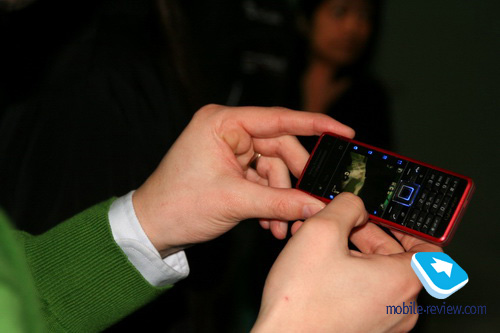
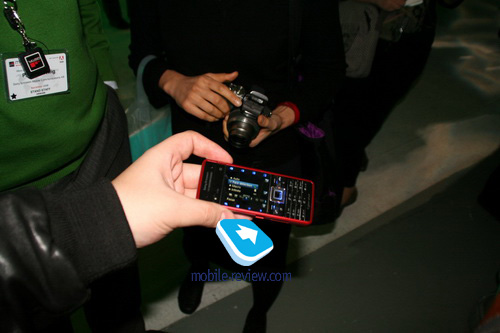
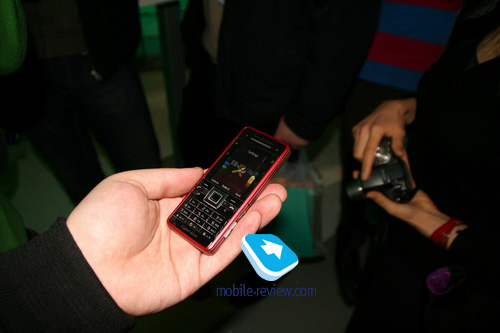
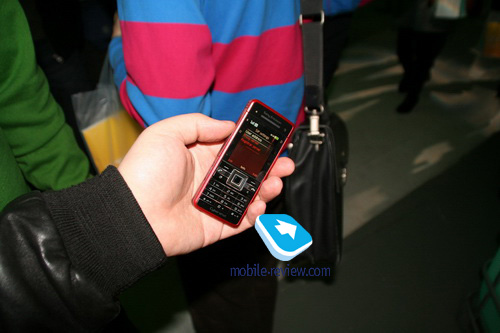
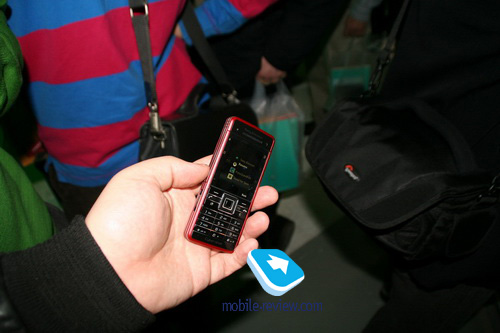
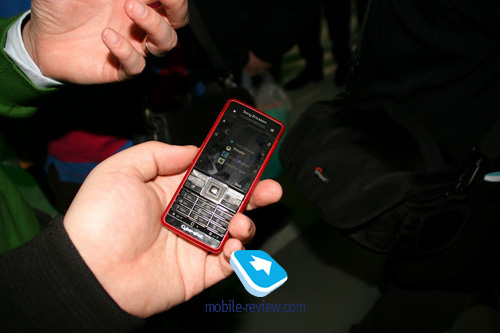
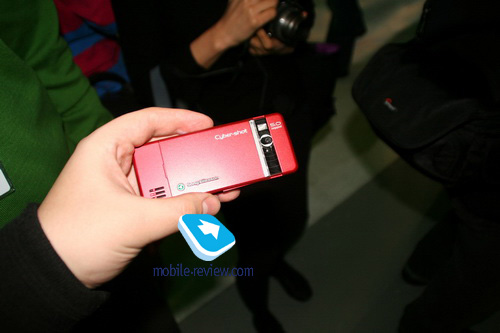

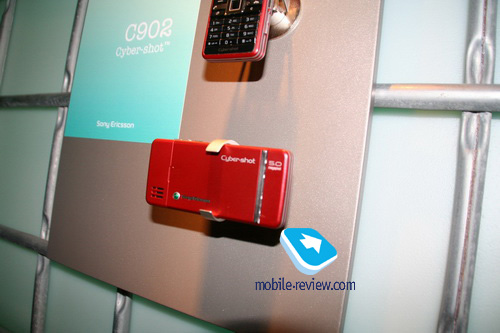
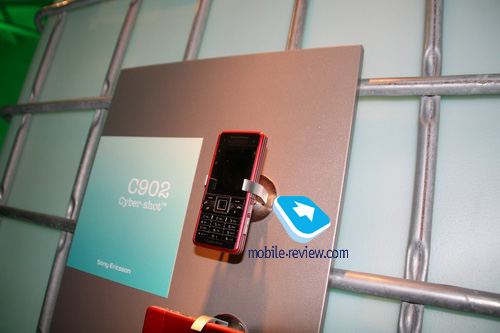
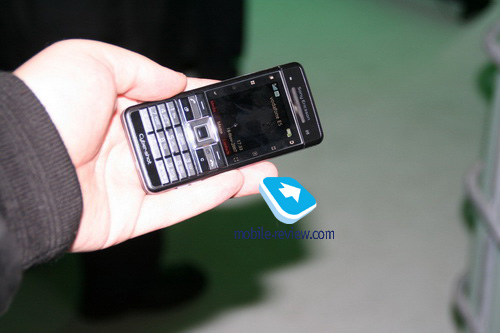
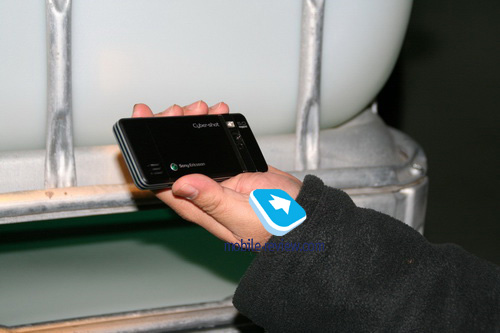
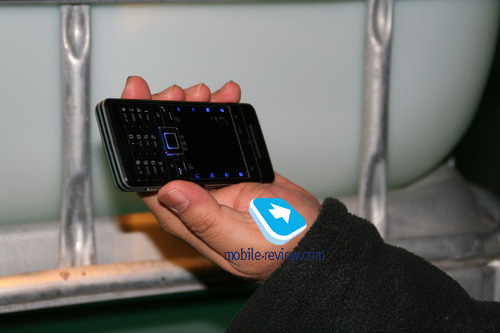
Technical specifications of the Sony Ericsson C902:
- GSM/GPRS/EDGE 850/900/1800/1900, UMTS/HSDPA 2100 connectivity;
- Standby time: GSM - up to 400 hours, UMTS – up to 350 hours;
- Talk time: GSM - 9 hours, UMTS – 3.5 hours;
- Display: 2", 240x320 pixels, 262 K colors;
- Memory: 160 Mb onboard, M2 memory expansion slot;
- Music player with support for Mega Bass, MP3, AAC;
- PlayNow, TrackID, FM-radio;
- Bluetooth;
- Camera: 3 Mpix with video recording capabilities and BestPic, Face Detection;
- Dimensions: 108 x 49 x 10.5 mm;
- Weight: 107 grams.
Sony Ericsson Z770 – affordable folder
The Z770 is here only to diversify the maker’s portfolio; it has quite a bit of style to it, and some may find it appealing, while others won’t even cast a glance at it. By and large, it breaks no new ground, being a pretty much standard A200-powered handset with a 2 MPix camera and 3G connectivity. Also it packs in a 2.2-inch display, but that’s about it. This phone should become available early in May for less than 180-190 Euro, being a niche offering.


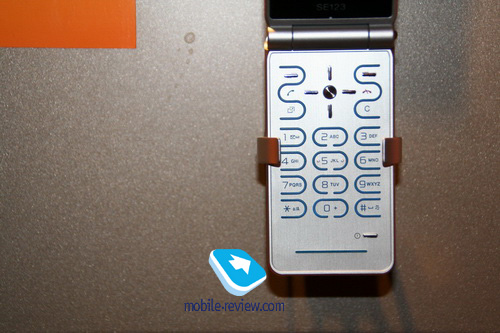
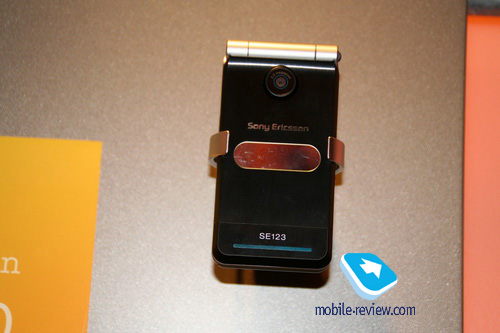
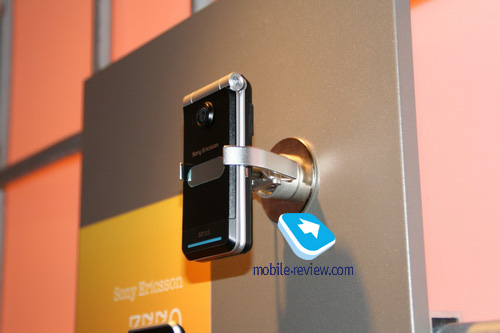
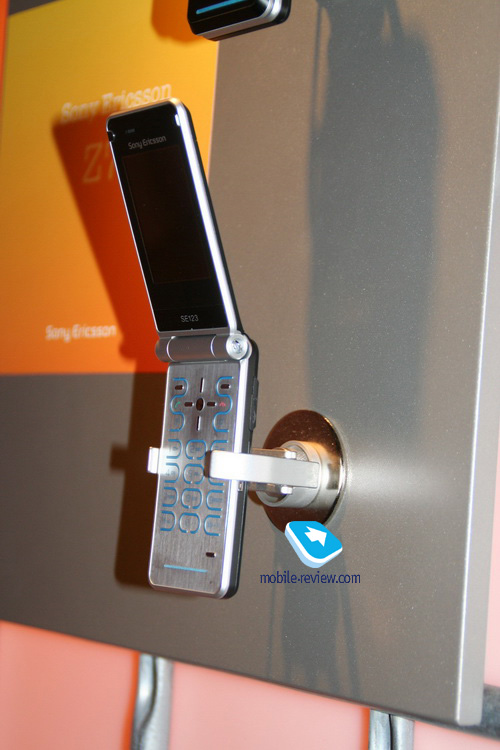
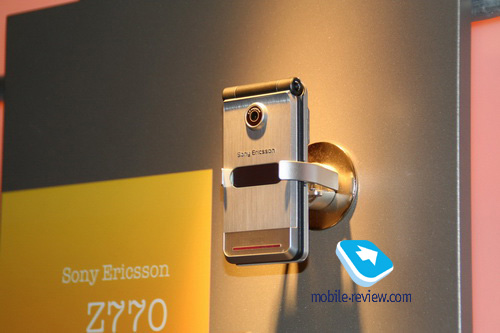
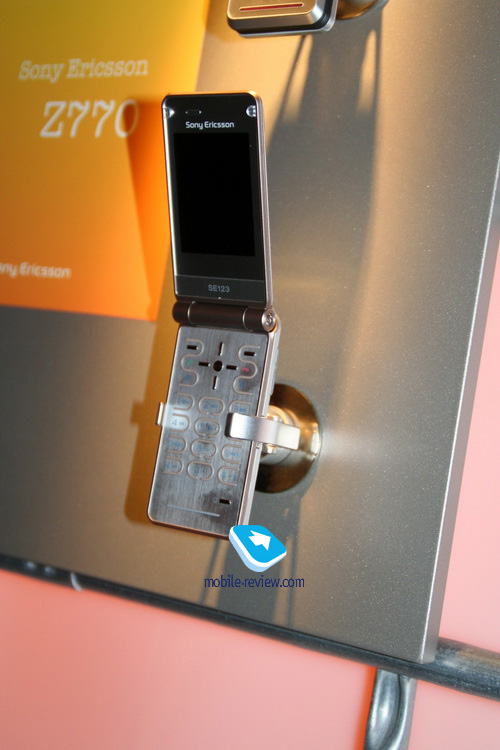
Walkman flagship – W980i
The most impatient of our readers after skimming through the headline of this section probably already have the same old question in their minds – whether the maker has done something about the W980i’s sound, included some hardware solutions that would set it apart from the rest of the pack. But I will have to disappoint you this time around – the next generation of Walkman phones actually packing audio-centric hardware is still a bit far-off. However the current flagship sets the pace in terms of extra features, how you can listen to your favorite tunes.



First up, the W980i comes with 8 Gb of built-in storage, which is the bottom line for music aficionados. In order to enhance the sound quality at least a wee bit, the maker has done a very simple thing – packed the HPM-77 headphones (which are one of the market’s finest performers, both among default and custom units) into the box. On top of that, the bundled software features such as Clear Bass, Clear Stereo can make some difference coupled with these earphones. By and large, I found the W980i quite similar to the Nokia 5610 XpressMusic in terms of music quality, but that’s the thing we’ll need to test in a more music-friendly environment.





The built-in FM-radio can kick in in the speakerphone mode even without a pair of headphones plugged in – the phone already comes with an antenna inside. I don’t have the foggiest why other manufacturers haven’t used it in their solutions so far, as it appears to be such an easy wayout. The good thing about this setup is that the alarm clock’s ability to have radio set as the alert tune doesn’t feel like a joke anymore.
The W980i has adopted every last feature it could pack in from the previous solutions, including Shake Control and SenseMe. But the foremost thing about its music department is that it allows the user to manage the music player without flipping the phone open – the W980’s dedicated music keys coupled with the display make the player a breeze to handle. One of the handset’s notable quirks is the piece of transparent plastic mounted on the top portion of the clamshell – it glows in orange during your music sessions.
The handset comes equipped with a 3.2 Mpix camera, nothing to write home about; the rest of its suite of features is par for the course for the A200 platform. All in all, the W980i is a potent phone boasting a flashy design aimed at its primary audience – youth. The handset is supposed to get here in May and will carry a price tag of 340-350 Euro, which is an adequate price for the punch you get. To me it seems more like a mixed bag, but I’m sold on its functionality, for it has been thoroughly updated, as compared to the previous phones. It is hard for me to decide whether I like it or not, but if I were younger, the W980i would be an interesting choice for me. On balance, it is not a run-of-the-mill phone and is definitely worth a glance.
Technical specifications of the Sony Ericsson W980i:
- GSM/GPRS 850/900/1800/1900, UMTS/HSDPA 2100 connectivity;
- Standby time: up to 300 hours;
- Talk time: GSM - 9 hours, UMTS – 3.5 hours;
- Music time: up to 16 hours
- Outer display: 176x176 pixels, 262 K colors;
- Main display: 2.2", 240x320 pixels, 262 K colors;
- Memory: 8 Gb onboard;
- Support for Clear stereo, Clear bass, Album art, Shake control, SensMe, PlayNow, TrackID;
- Bluetooth (A2DP), FM-radio with RDS;
- Camera: 3.2 Mpix with video recording capabilities and Photo Fix;
- Dimensions: 92 x 46 x 16.9 mm;
- Weight: 100 grams.
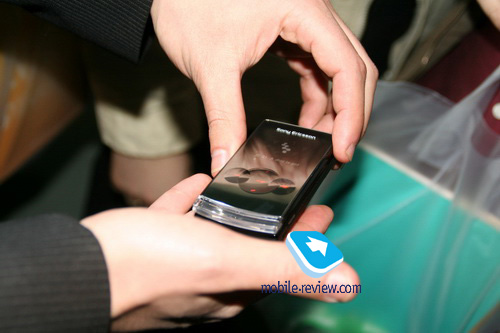
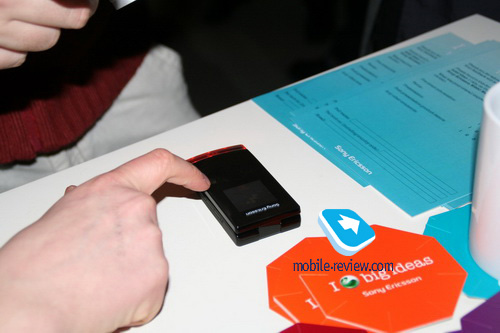

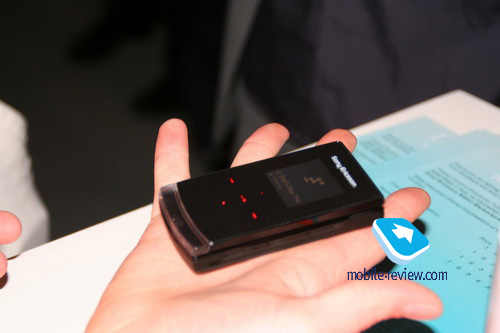
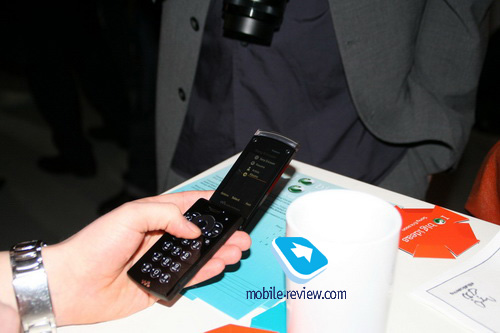
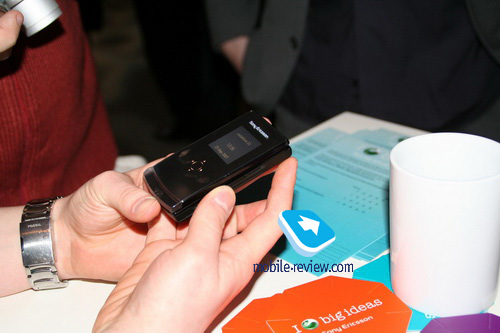
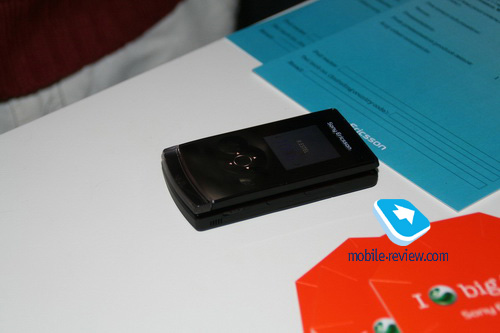
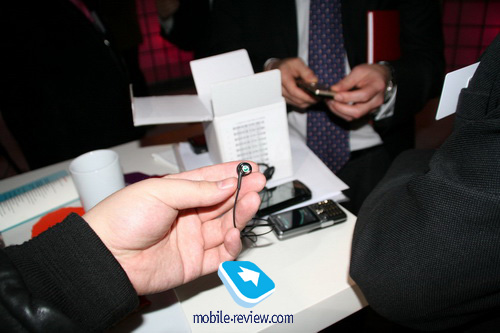
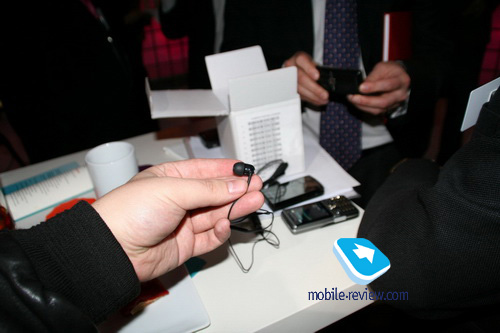
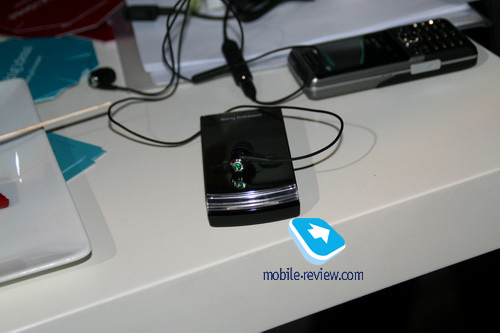
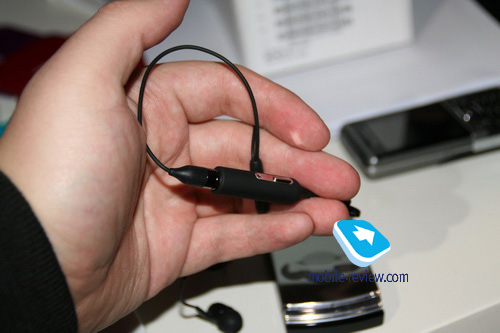
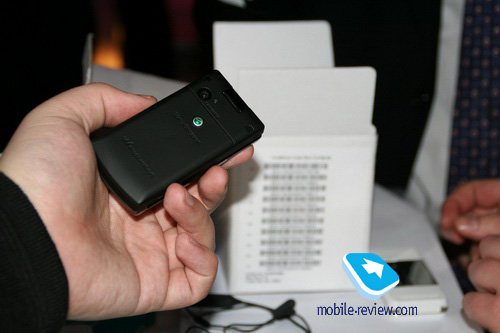
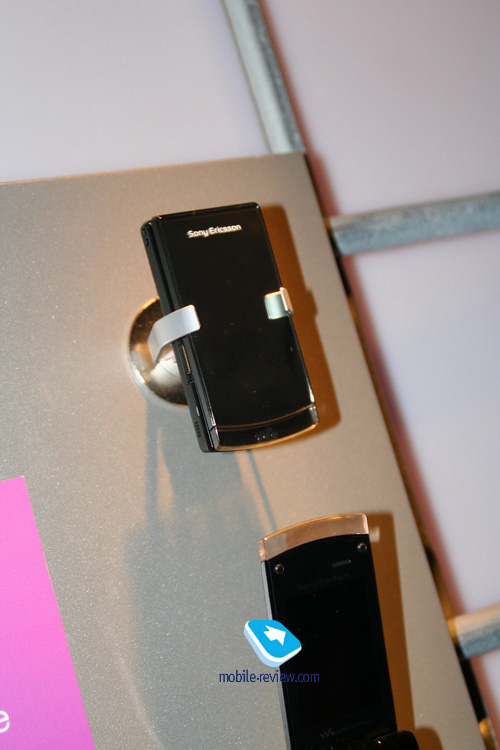
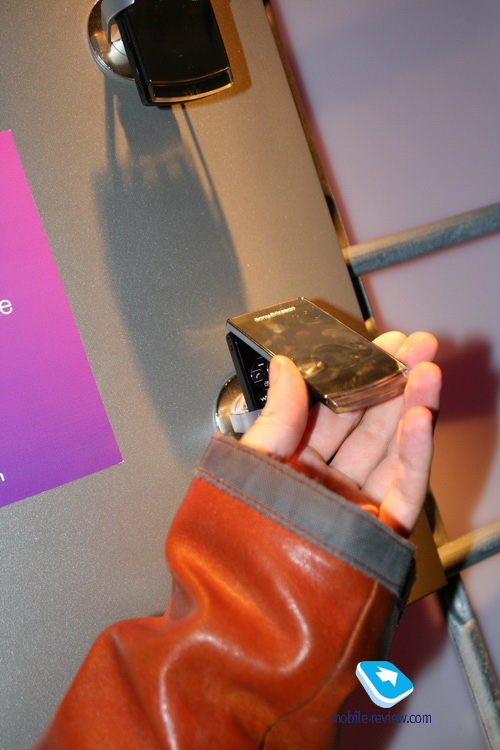
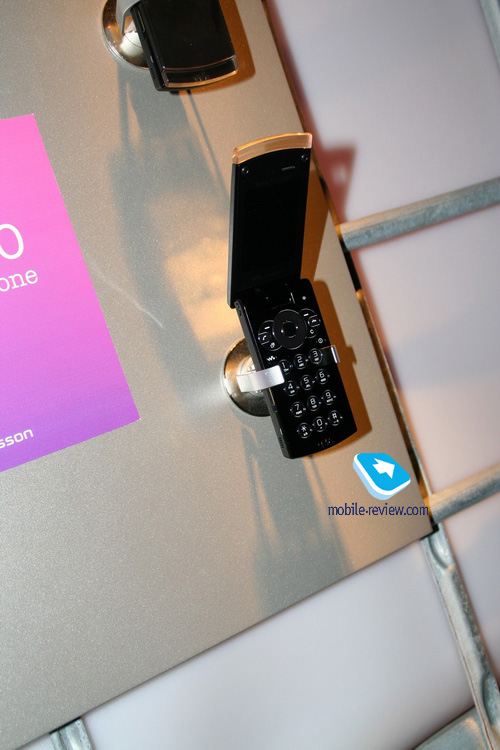
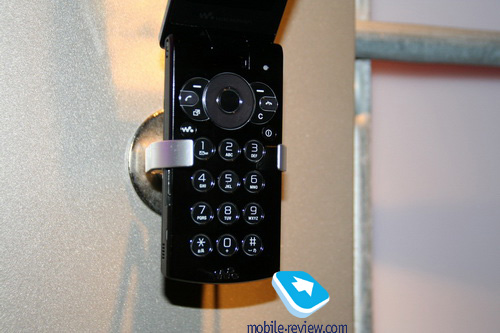
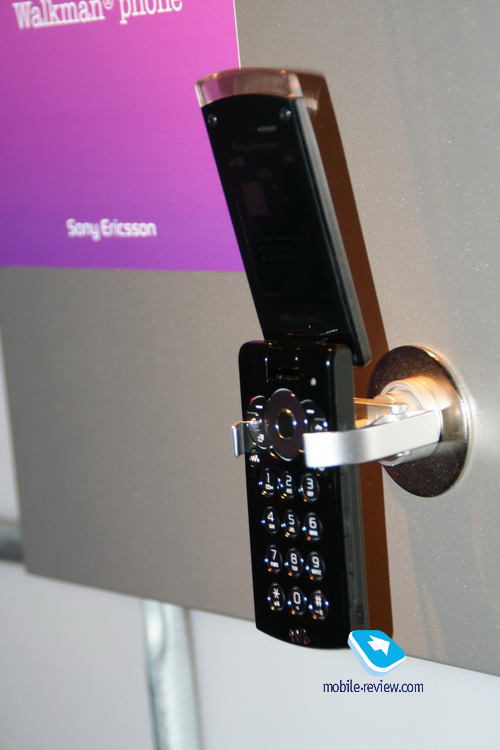
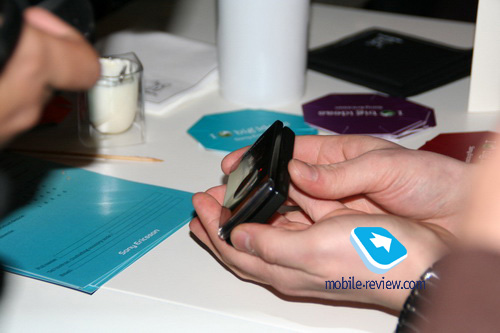
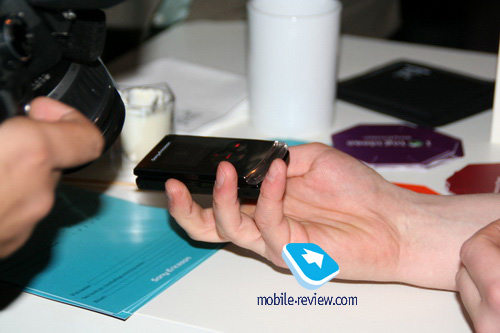
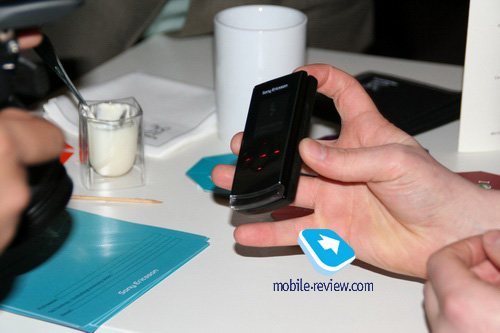
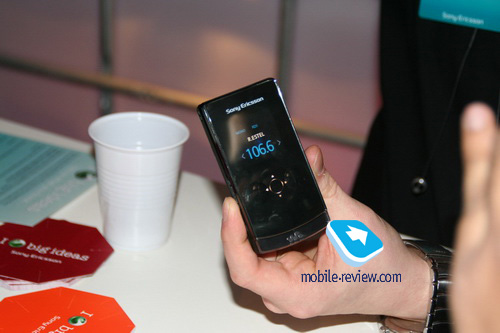
GPS-card for notebooks and more
Two ExpressCard models were rolled out as well; one of them, the EC400G, comes bundled with a hardware GPS-receiver. Both cards are capable of HSPA, which ensures very high data connection speeds. It is the first occasion when the maker used special software for these cards that allows accessing Play Now (long story short – music, videos and other type of content). They are quite interesting in this capacity, plus the inclusion of Play Now access indicated that services will enjoy deeper integration with the maker’s hardware down the road.


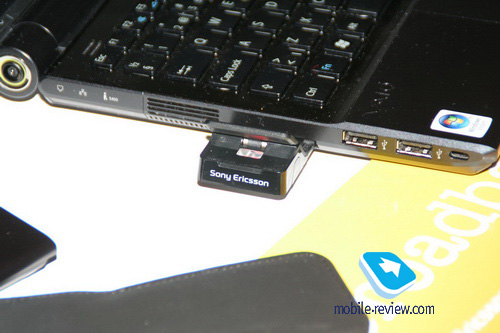
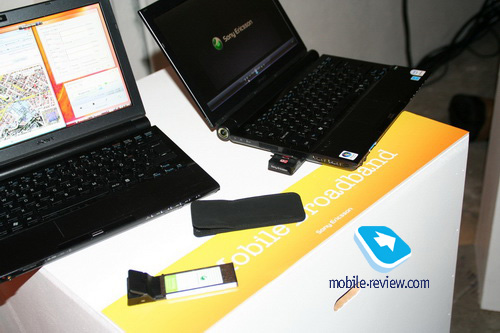
Eldar Murtazin (eldar@mobile-review.com)
Translated by Oleg Kononosov (oleg.kononosov@mobile-review.com)
Published — 12 February 2008
Have something to add?! Write us... eldar@mobile-review.com
|
News:
[ 31-07 16:21 ]Sir Jony Ive: Apple Isn't In It For The Money
[ 31-07 13:34 ]Video: Nokia Designer Interviews
[ 31-07 13:10 ]RIM To Layoff 3,000 More Employees
[ 30-07 20:59 ]Video: iPhone 5 Housing Shown Off
[ 30-07 19:12 ]Android Fortunes Decline In U.S.
[ 25-07 16:18 ]Why Apple Is Suing Samsung?
[ 25-07 15:53 ]A Few Choice Quotes About Apple ... By Samsung
[ 23-07 20:25 ]Russian iOS Hacker Calls It A Day
[ 23-07 17:40 ]Video: It's Still Not Out, But Galaxy Note 10.1 Gets An Ad
[ 19-07 19:10 ]Another Loss For Nokia: $1 Billion Down In Q2
[ 19-07 17:22 ]British Judge Orders Apple To Run Ads Saying Samsung Did Not Copy Them
[ 19-07 16:57 ]iPhone 5 To Feature Nano-SIM Cards
[ 18-07 14:20 ]What The iPad Could Have Looked Like ...
[ 18-07 13:25 ]App Store Hack Is Still Going Strong Despite Apple's Best Efforts
[ 13-07 12:34 ]Infographic: The (Hypothetical) Sale Of RIM
[ 13-07 11:10 ]Video: iPhone Hacker Makes In-App Purchases Free
[ 12-07 19:50 ]iPhone 5 Images Leak Again
[ 12-07 17:51 ]Android Takes 50%+ Of U.S. And Europe
[ 11-07 16:02 ]Apple Involved In 60% Of Patent Suits
[ 11-07 13:14 ]Video: Kindle Fire Gets A Jelly Bean
Subscribe
|



































































































